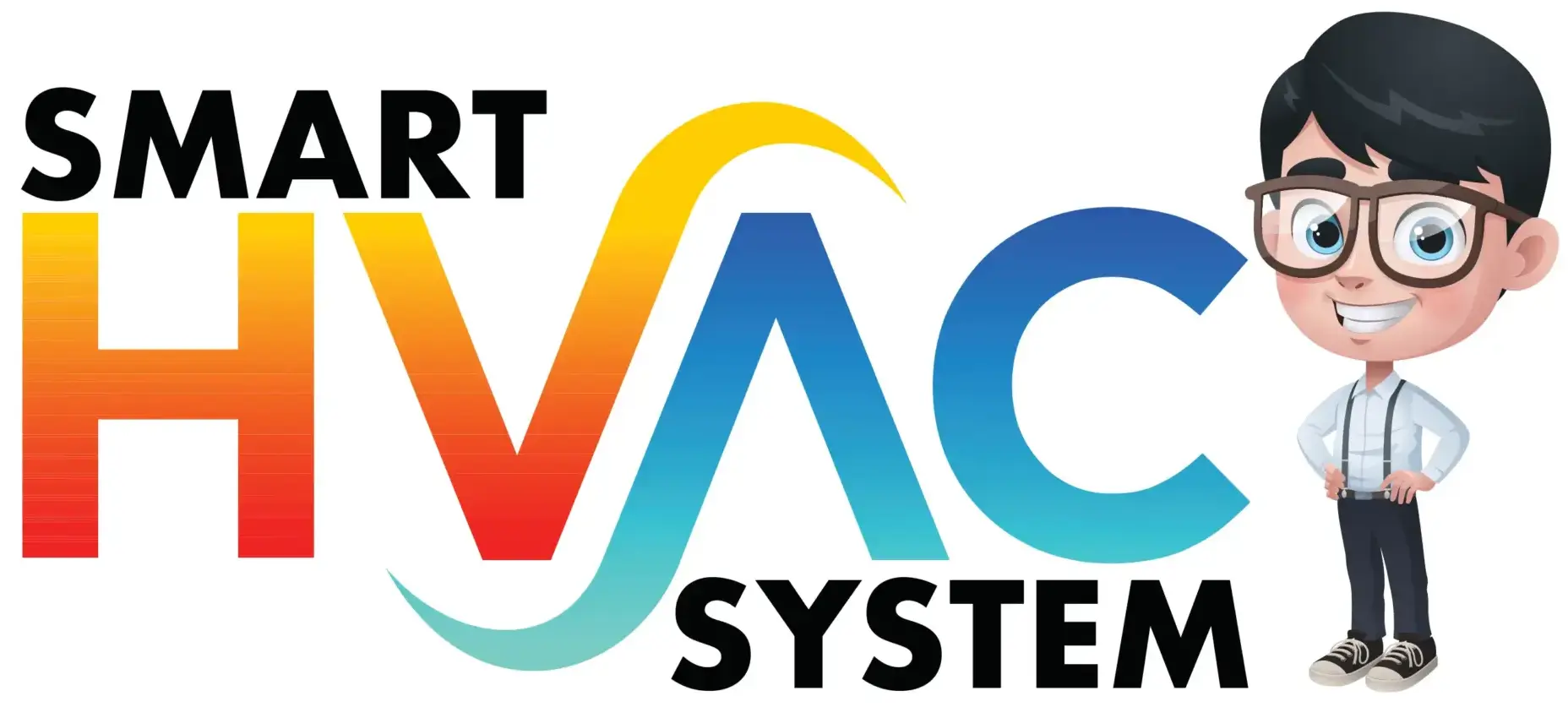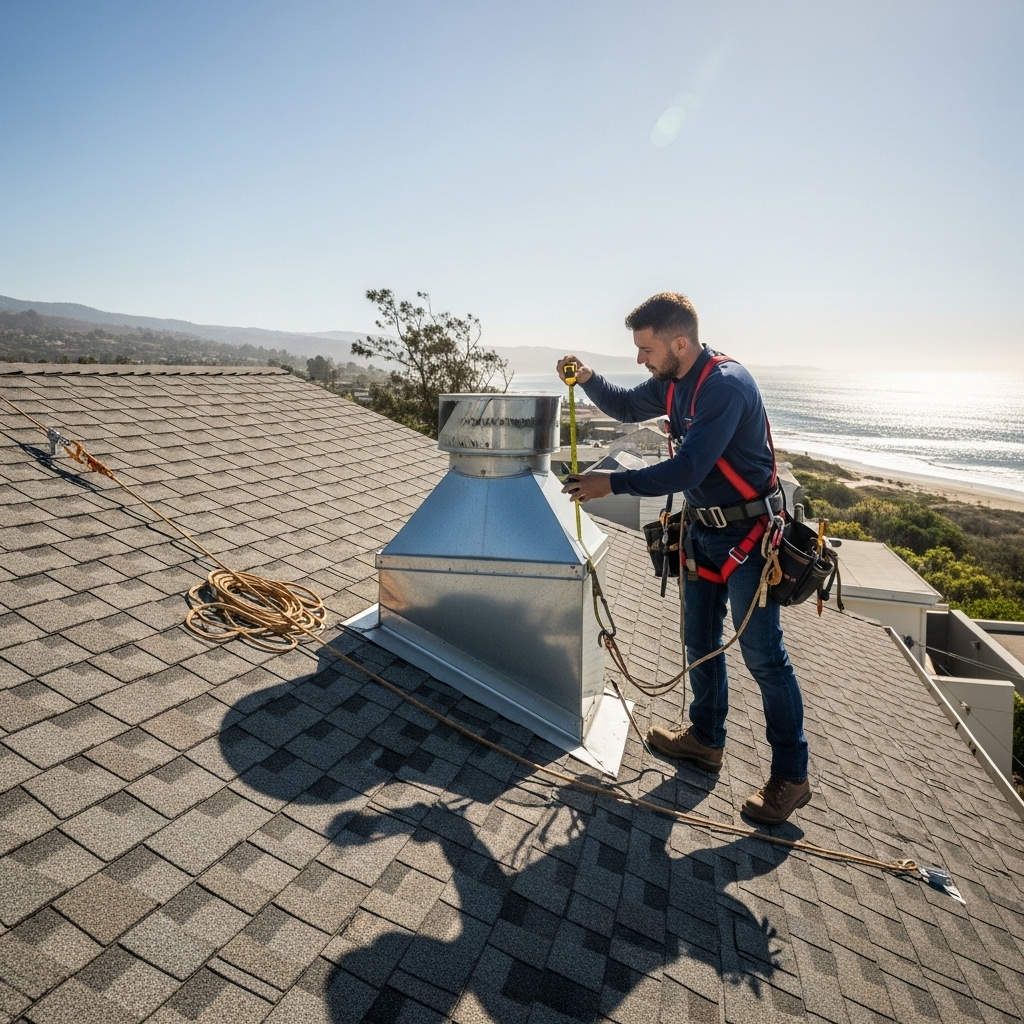Dryer vent cleaning in Malibu, California supports safer homes, more efficient laundry cycles, and fewer appliance headaches. Malibu’s blend of coastal air, canyon winds, and hillside construction can challenge even well-installed vent systems, making regular maintenance essential. While many homeowners wonder about the financial side, the most important focus areas are timing and safety: when to schedule service, how long a thorough appointment takes, and which precautions ensure your dryer expels heat and moisture effectively. To build a reliable plan, it helps to understand the full scope of professional dryer vent cleaning and what to expect from start to finish.
Why Dryer Vent Cleaning Deserves Priority in Malibu
Lint is highly fibrous and easily trapped by interior duct surfaces, elbows, and corrugations. Add Malibu’s ocean influence—salt and humidity—and exterior hoods can corrode or stick, making dampers slow to open or close. Canyon winds contribute to pressure fluctuations at the termination point, while long vertical runs in hillside homes add resistance. The result is a vent system more susceptible to blockages and heat buildup. Cleaning restores strong airflow, allowing the dryer to remove moisture quickly and maintain stable operating temperatures.
Beyond performance, cleaning complements general home safety. By removing combustible lint and ensuring a clear exhaust path, you reduce the chance of overheating and improve indoor air quality. If your household runs frequent loads—common for families, athletes, or vacation rentals—accumulation happens faster, and regular service becomes even more critical.
Understanding the Timeline: How Long Does It Take
Timeline depends on the vent’s length, number of elbows, accessibility, and exit location. A straightforward, single-level home with a short, mostly straight duct can be serviced relatively quickly. Complex paths—long attic runs, multiple bends, rooftop exits, or obstructed laundry areas—take longer because technicians must carefully navigate equipment and ensure complete debris removal. When nests, damaged sections, or heavily compacted lint are discovered, additional time is devoted to safe removal and detailed inspection.
Experienced teams work methodically. They begin with a visual inspection, measure or estimate duct length, and protect floors and finishes. After disconnecting the dryer, they deploy rotary brushes sized to the duct diameter while maintaining negative pressure to capture loose lint. They clean the exterior hood, verify damper movement, and finish with airflow testing. Before departing, they reassemble the connections with code-appropriate materials and position the dryer to avoid crushing the transition hose.
Safety Essentials No Malibu Home Should Overlook
Safety begins with proper materials. Smooth metal ducting is preferred for the main vent path. For the short connection between the dryer and wall, semi-rigid metal transitions resist collapse and heat better than thin foil or plastic. Joints are secured with clamps or appropriate metal foil tape rather than screws that penetrate the duct interior and snag lint. Exterior hoods should feature a damper that opens freely without screens that trap fibers.
Rooftop terminations require special care. Malibu has many multi-story and hillside homes where the exit points are on high or pitched roofs. Technicians must use suitable ladders, footwear, and fall protection, and they should be trained to move safely on roofing materials common to the area. Post-cleaning, the damper is checked for free movement and corrosion, and any binding surfaces are addressed.
What a Comprehensive Cleaning Includes
A thorough appointment covers the entire vent path, not just the first few feet behind the dryer. Expect a step-by-step effort designed to restore airflow and reduce future accumulation:
- Detailed inspection of the vent route, including length, elbows, and termination type.
- Protection of laundry area surfaces, floors, and adjacent finishes.
- Disconnection of the dryer and safe movement to create working space.
- Rotary brush agitation matched to duct size and material, combined with vacuum extraction.
- Exterior hood cleaning and damper verification, addressing corrosion or paint buildup.
- Airflow testing and temperature checks to validate performance.
- Reassembly with appropriate transition connectors and clamps.
Where technicians find outdated components—such as plastic venting or crushed connectors—they will recommend replacements that align with best practices. In complex runs, they may suggest routing adjustments to reduce elbows or unnecessary length, thereby lowering resistance and improving performance between cleanings.
Malibu-Specific Venting Challenges
Coastal properties face corrosion at exterior terminations due to salt in the air, which can create sticky dampers that restrict airflow. Canyon winds can create backdraft conditions, making it even more important that the damper closes cleanly when the dryer is off and opens fully during operation. Homes built into hillsides often rely on vertical rises and multiple turns, creating natural lint catch points that demand diligent maintenance. In multi-structure properties with guest houses or rental units, frequent laundry loads accelerate lint accumulation. Addressing these factors helps define a reasonable schedule and confirms the importance of a comprehensive cleaning approach.
How to Tell You Need Service Soon
Drying cycles that stretch longer than expected are a frequent early sign. You might also notice the laundry room feeling unusually warm or humid, or detect faint scorching odors during operation. Outside, the damper may open weakly, flutter, or stay partially closed. Excess lint around the exterior hood or behind the dryer points to impaired airflow. Modern dryers sometimes display error codes related to restricted exhaust; treating these alerts seriously can prevent greater strain on internal components.
DIY Versus Professional: Making a Smart Choice
Homeowners can manage simple maintenance: clean the lint screen after every load, vacuum the lint trap housing carefully, and keep the area behind the dryer free of dust. That said, full vent cleaning is best handled by professionals using purpose-built tools to reach the entire run without damaging the duct. Improvised methods can compact debris deeper in the vent or puncture thin materials, reducing safety and performance. A professional visit also includes an expert evaluation of the vent path and termination—crucial in Malibu where roofs, long runs, and corrosion are common.
Scheduling and Seasonality
Many Malibu households benefit from annual service, while high-use homes or vacation rentals often choose a shorter interval. Coastal seasons can influence timing too. After a period of strong canyon winds or significant marine layer moisture, exterior hoods merit a check to ensure dampers move freely. Post-renovation appointments are wise if walls were opened or if the dryer or vent route was modified. Keep simple notes on your appointment history and performance observations to fine-tune your schedule over time.
Preparing Your Home for a Smooth Appointment
Before the technician arrives, clear a path to the laundry area and remove items stored behind, on, or around the dryer. If the vent exits on a roof or elevated wall, confirm that access is safe and that gates are unlocked. Let the team know if you have noticed pests near the exterior hood; nesting materials should be removed carefully and fully. If you have multiple dryers—common in larger homes or guest units—consider scheduling them together for a single, cohesive report and consistent maintenance intervals.
Aftercare: Keeping Airflow Strong
Once cleaning is complete, a few ongoing habits will extend the benefits. Clean the lint filter every time you run the dryer and occasionally rinse it with warm water to remove residue. Avoid overstuffing the drum, as tightly packed loads hinder airflow and shed more lint. Step outside during a cycle to confirm that the damper opens fully and closes afterward without sticking. If space is limited behind the dryer, consider an offset elbow or recessed box to keep the transition connector from being crushed.
Common Missteps to Avoid
Some well-intentioned practices can cause problems. Avoid using screws that protrude into the duct interior; they become lint hooks. Do not add screens at the exterior termination; they trap fibers and reduce airflow. Be wary of flimsy flexible ducting that collapses or kinks easily. Finally, resist pushing the dryer tightly against the wall after service; leave enough room for a smooth transition connection.
Frequently Asked Questions
Q: How long does a typical appointment take? A: Time depends on vent length, number of elbows, and access. Simple paths are quicker; complex or rooftop terminations take longer. Obstructions like nests or compacted lint add time for safe removal.
Q: How often should Malibu homes schedule service? A: Many do well with annual maintenance, but heavy use, pets, and rental turnover can justify shorter intervals. Track drying times and exterior damper behavior to decide.
Q: Is it okay to clean the vent myself? A: Light maintenance is fine, but full cleaning is best left to professionals with rotary brushes and high-powered vacuums designed for dryer ducts.
Q: What materials are recommended for vents? A: Smooth metal ducts for the main run and semi-rigid metal for the transition hose are preferred. Avoid plastic or thin foil that can overheat or collapse.
Q: Are rooftop terminations a problem? A: They require proper safety measures and careful cleaning, but experienced technicians handle them routinely in Malibu. Post-cleaning, the damper should move freely and resist corrosion.
Q: What if my dryer shows an airflow error code? A: Treat it as a prompt to schedule service. The technician will clear the duct, inspect the transition connection, and verify airflow at the exterior hood.
Putting It All Together for Malibu Homes
When you plan around timeline and safety, your dryer performs predictably and your home benefits from reduced heat and moisture buildup. Favor professionals who document their process, explain the vent path clearly, and recommend practical improvements for Malibu’s coastal and hillside realities. If you want a smoother laundry routine, schedule comprehensive dryer vent cleaning with a team that prioritizes careful inspection, safe access, and verified airflow results.
Ready for Better Airflow and Safer Laundry Days
From oceanfront condos to canyon homes, Malibu properties gain real advantages from consistent maintenance. Enjoy shorter drying times, a more comfortable laundry space, and the reassurance that comes with clear exhaust pathways. When you are ready to take the next step, book expert dryer vent cleaning and experience the difference that a meticulous, safety-first approach can make.

